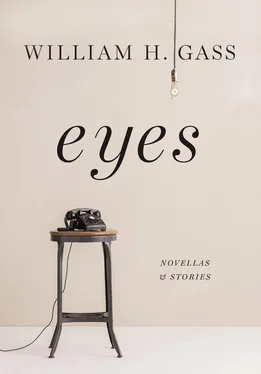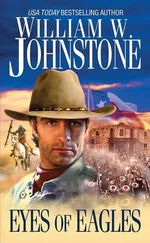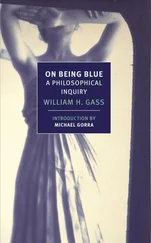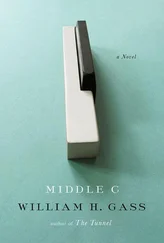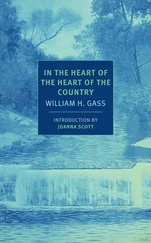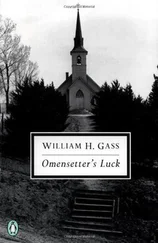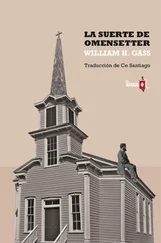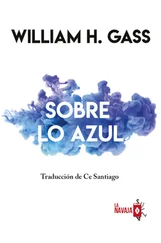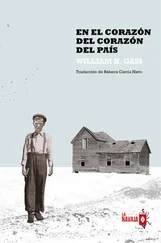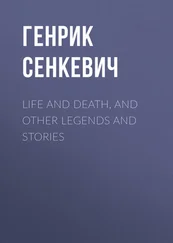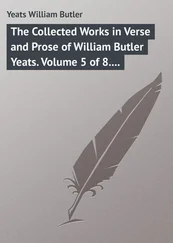After the move, he slept in a sleeping bag at the back of the second store, at the border of Mr. Gab’s quarters but not over the line, where a dog might have lain had they had one — art and dogs don’t mix, Mr. Gab said (Mr. Gab squeezed his nose with a set of fingers whenever Mr. Wegman’s name was mentioned), and the best kind of cat is ceramic. I shall be your guard ghoul, the assistant said, a remark which Mr. Gab didn’t find funny, though he rarely laughed at anything; occasionally upon seeing a photo he would hoot; however u-Stu wasn’t sure whether his hoot was one of amusement or merely derisory, so perhaps he was never amused, though he from time to time made such a noise.
U-Stu had facial hair on half of his face, and Mr. Gab, to u-Stu’s surprise, would shave him. Half a beard is not better than none, he said. Because he believed for a long time that his assistant was too stupid to shave himself, certainly too stupid to live alone, take care of himself in any ordinary way, he shaved his adolescent; initially even cut the boy’s meat; carefully combed his ungainly hair; pressed his few clothes with an iron he had heated on the stove; and tried to cook things that were easy to eat. Gradually, Mr. Gab realized that although his stupid assistant chewed crookedly, his chew was nevertheless quite effective, and despite the fact that the boy was short-armed (Mr. Gab always winced at this formulation), he could manage a knife and fork (he needed to lower one shoulder to pull his short arm to the front), and with his one good eye working overtime (as Mr. Gab probably thought), he could read, shave, look at pictures, and, with a control over his body that grew better and better, he could perform his characteristic bob-and-wobble much more smoothly. U-Stu soon learned to repair fixtures, sweep the store, replace photographs in their plastic sleeves, and return them properly to their cardboard files. Oh, yes…and ask visitors: muh I hulp you, shur?
Mr. Gab began by speaking to the boy (he had not yet received his promotion to stupid assistant) slowly, and a little loudly, as though the boy might be a bit deaf in addition, talking to him often, contrary to his habitual silence, plainly believing that such treatment was necessary for the lad’s mental health, which it no doubt was, although no number of words could make him into a lad, because lads were always strapping. This loquacity, night and day it seemed, led the boy to believe that Mr. Gab gabbed, was a gabber by nature, so he would say to himself, almost audibly, he has the gift, he does, does Gab, as he went about his work which was each week more and more advanced in difficulty. He could see Mr. Gab’s face wrestling with the question: what shall I say today — good heavens — and on what subject? Mr. Gab’s slow considered ramblings were to be the boy’s schooling. Perhaps, today, he’d want to learn about bikes. I want to know about my mother, the boy asked. Mr. Gab began to answer, almost easily, taken by surprise: she resembled one of Stieglitz’s portraits of O’Keeffe. She was beautiful beyond the bearing of one’s eyes. Such hands. Stieglitz always photographed her hands. Her hands. As if he had awakened, Mr. Gab broke off in great embarrassment, his face flushed and its expression soon shunted to a sidetrack.
Before that blunder — I want to know about my mother — Mr. Gab had spoken to the boy of many things. He always spoke as if chewing slowly, in the greatest seriousness, early on about school and how he, Mr. Gab, had struggled through classes here after his family had come to the States, having an unpronounceable name, and not knowing the language; about his sisters and aunts, mothers and grans, never of men, because men, he said, scorned him for his interests, and broke his Brownie; he talked about the time when he had begun work in a drugstore, learning from books how to develop his prints; about, after he had gotten canned for stealing chemicals, the days he had sold door to door — brushes, pots and pans — enduring the embarrassments of repeated rejection, once even attacked, his face mopped by his own mop by an irate customer (the sunny side of things was left dark); until, eventually, having marched through many of the miseries of his life (though leaving serious gaps, even his auditor was aware of that), the subject he chose to address was more and more often the photograph, its grays and its glories.
Beneath — are u listening, u-stew-pid-u? — beneath the colored world, like the hidden workings of the body, where the bones move, where the nerves signal, where the veins send the blood flooding — where the signaling nerves especially form their net — lie all the grays, the grays that go from the pale gray of bleached linen, through all the shades of darkening, deepening graying grays that lie between, to the grays that are nearly soot black, without light: the gray beneath blue, the gray beneath green, yes, I should also say the gray beneath gray; and these grays are held in that gray continuum between gray extremes like books between bookends. U-Stu, pay attention, this is the real world, the gray gradation world, and the camera, the way an X-ray works, reveals it to our eye, for otherwise we’d have never seen it; we’d have never known it was there, under everything, beauty’s real face beneath the powders and the rouges and the crèmes. Color is cosmetic. Good for hothouse blooms. Great for cards of greeting. Listen, u-Stew, color is consternation. Color is a lure. Color is candy. It makes sensuality easy. It leads us astray. Color is oratory in the service of the wrong religion. Color makes the camera into a paintbrush. Color is camouflage. That was Mr. Gab’s catechism: what color was. Color was not what we see with the mind. Like an overpowering perfume, color was vulgar. Like an overpowering perfume, color lulled and dulled the senses. Like an overpowering perfume, color was only worn by whores.
Grass cannot be captured in color. It becomes confused. Trees neither. Except for fall foliage seen from a plane. But in gray: the snowy rooftop, the winter tree, whole mountains of rock, the froth of a fast stream can be caught, spew and striation, twig and stick, footprint on a snowy walk, the wander of a wrinkle across the face…oh…and Mr. Gab would interrupt his rhapsody to go to a cabinet and take out one of Sudek’s panoramic prints: see how the fence comes toward the camera, as eager as a puppy, and how the reflection of the building in the river, in doubling the image, creates a new one, born of both body and soul, and how the reflection of the dome of the central building on the other side of the water has been placed at precisely the fence’s closest approach, and how, far away, the castle, in a gray made of mist, layers the space, and melts into a sky that’s thirty shades of gradual…see that? see how? How the upsidedown world is darker, naturally more fluid…ah…and breaking off again, Mr. Gab withdrew from a cardboard carton called PRAGUE a photograph so lovely that even the stupid not-yet assistant drew in his breath as though struck in the stomach (though he’d been poked in the eye); and Mr. Gab observed this and said ah! you do see, you do…well…bless you. The stupid not-yet assistant was at that moment so happy he trembled at the edge of a tear.
Hyde Park Corner . This picture, let’s pretend, is one of the Park speakers, Mr. Gab said, pointing at a hanger. What does it tell us? Ah, the haranguers, they stand there, gather small crowds, and declaim about good and evil. They promise salvation to their true believers. Mr. Gab went to the wall and took down his Alvin Langdon Coburn. Held it out for u-Stu’s inspection like a tray of cookies or anything not likely to remain in one place for long. There’s a dark circle protecting the tree and allowing its roots to breathe. And the dark trunk, too, rising to enter its leaves. In a misted distance — see? — a horse-drawn bus, looking like a stagecoach, labeled A1, with its driver and several passengers. In short: we see this part of the world immersed in this part of the world’s weather. But we also see someone seeing it, someone having a feeling about the scene, not merely in a private mood, but responding to just this…this…and taking in the two trees and the streetlamp’s standard, the carriage, and in particular the faint diagonals of the curb, these sweet formal relations, each submerged in a gray-white realm that’s at the same time someone’s — Alvin Langdon Coburn’s — head. And the photo tells us there are no lines in nature. Edge blends with edge until edgelessness is obtained. The spokes of the wheels are little streaks of darker air into which the white horse is about to proceed. But, my boy, Alvin Langdon Coburn’s head is not now his head, not while we see what he is seeing, for he is at this moment a stand-in for God. A god who is saying: let there be this sacred light.
Читать дальше
